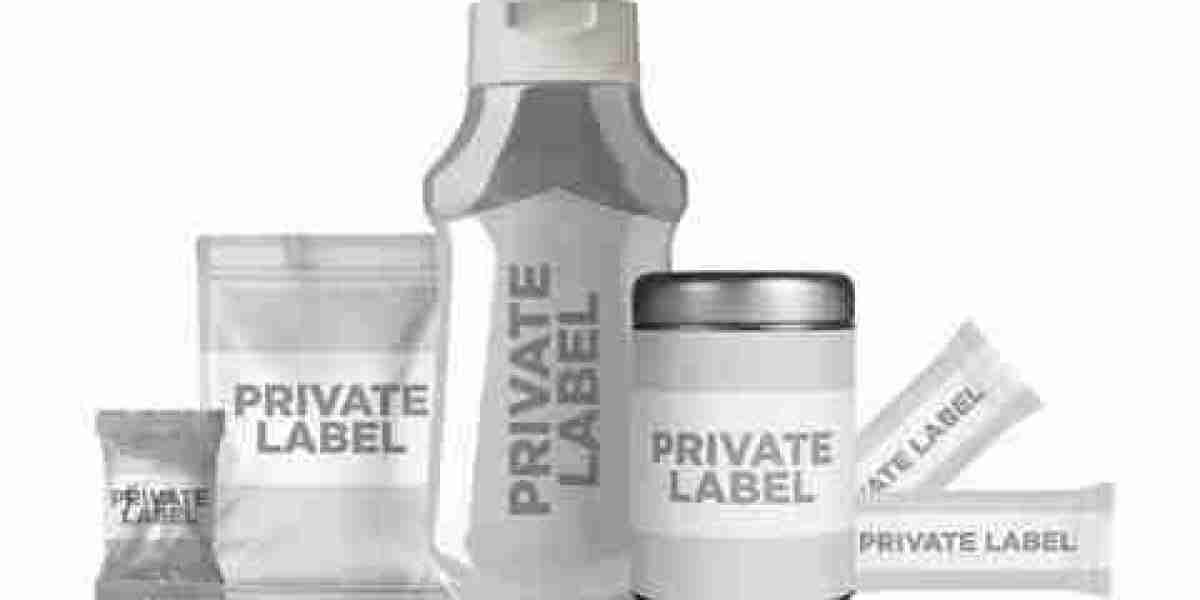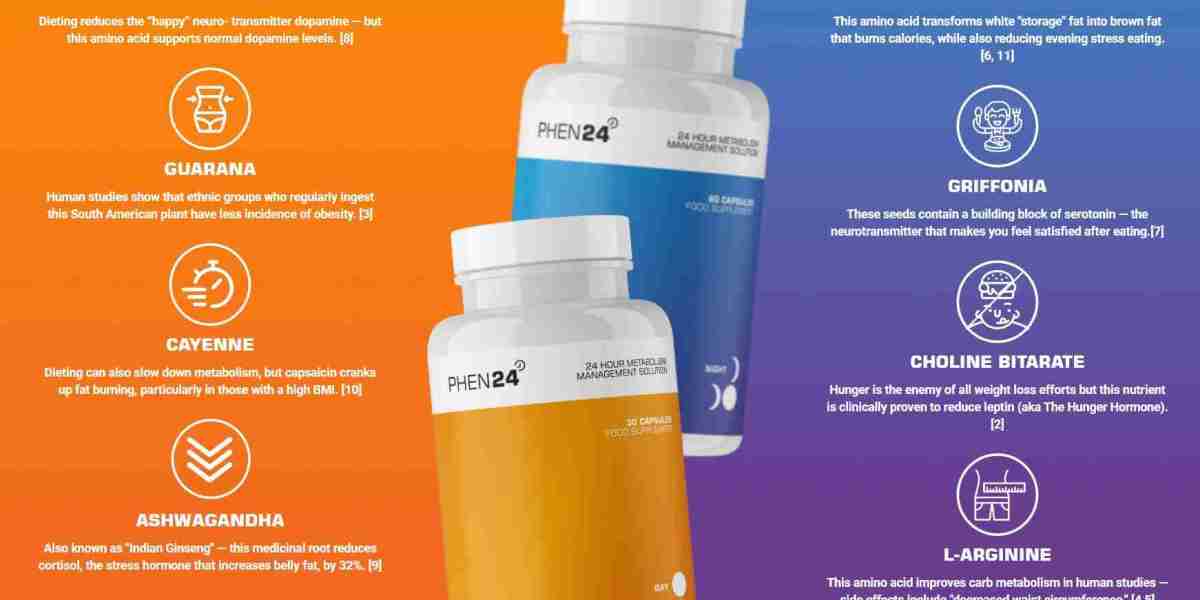Introduction
In the competitive world of e-commerce, building a strong brand identity is crucial to success. Private Label Products offer a unique opportunity to create a distinct and recognizable brand, allowing businesses to stand out in the market. However, developing a brand identity requires more than just adding a logo to a product. It involves strategic planning, consistency, and an understanding of customer perception.
In this guide, we will explore how to establish a strong brand identity using Private Label Products, covering essential elements such as brand positioning, packaging, storytelling, and marketing strategies to drive customer loyalty and sales.
Why Brand Identity Matters for Private Label Products
A well-crafted brand identity:
Differentiates your products from competitors
Builds trust and credibility with customers
Encourages customer loyalty and repeat purchases
Increases perceived value, allowing for premium pricing
Enhances brand recognition, making marketing more effective
1. Define Your Brand’s Unique Value Proposition
Before you start branding your Private Label Products, define what makes your brand unique. Ask yourself:
What problem does my product solve?
How is my product different from competitors?
What values does my brand represent?
Who is my target audience?
Your brand’s unique value proposition (UVP) should be clear and resonate with your target customers.
Example UVPs for Private Label Brands:
Eco-friendly beauty products for sustainable living
Premium fitness gear for serious athletes
Affordable luxury skincare for budget-conscious consumers
2. Choose a Memorable Brand Name & Logo
Your brand name and logo should be:
Easy to pronounce and remember
Reflective of your brand values
Distinct from competitors
Tips for Creating a Great Logo:
Use simple and clean design elements
Ensure it looks good in all sizes (website, packaging, ads)
Choose colors that evoke emotions related to your brand (e.g., green for eco-friendly, gold for luxury)
3. Design Professional & Consistent Packaging
Your product packaging is one of the first things customers notice. It should align with your brand identity and create a lasting impression.
Key Packaging Elements:
Brand Colors & Fonts: Use consistent color schemes and typography.
High-Quality Materials: Premium materials add perceived value.
Clear Branding: Ensure your logo, tagline, and essential product information are visible.
Sustainability: Eco-friendly packaging appeals to modern consumers.
4. Craft a Compelling Brand Story
Customers connect with brands that tell a story. Your brand story should include:
Why you started the business
The mission and vision behind your products
How your products improve customers' lives
Example Brand Story:
"At [Your Brand Name], we believe everyone deserves high-quality skincare without breaking the bank. Our Private Label Products are made with natural ingredients to nourish your skin while being kind to the environment. Join us on our journey to redefine beauty!"
5. Build a Strong Online Presence
A well-optimized online presence helps establish credibility and attract customers. Focus on:
a) Creating a Professional Website
Use a clean, modern design
Highlight your brand’s story and products
Optimize for fast loading speed and mobile responsiveness
b) Leveraging Social Media Branding
Use consistent visuals across platforms
Engage with your audience through interactive content (polls, Q&As, live videos)
Partner with influencers to boost credibility
c) Implementing SEO Strategies
Optimize product pages with relevant keywords (e.g., "best Private Label Products for skincare")
Use engaging meta titles and descriptions to improve search rankings
Publish valuable blog content to establish authority
6. Develop a Consistent Brand Voice
Your brand voice should be authentic, engaging, and aligned with your audience’s preferences. Define:
Tone: Formal or conversational?
Personality: Fun, educational, luxury?
Messaging Style: Informative, storytelling, persuasive?
Example Brand Voices:
Luxury Skincare: "Elevate your skincare routine with premium, dermatologist-approved formulas."
Fitness Gear: "Push your limits with gear designed for champions."
Organic Foods: "Pure, organic, and made for a healthier you."
7. Build Customer Trust & Loyalty
Brand identity is not just about visuals—it’s about customer perception. To build trust:
Provide high-quality products consistently
Encourage customer reviews and testimonials
Offer excellent customer service
Create a loyalty program to reward repeat customers
8. Utilize Strategic Brand Marketing
To increase brand awareness and sales, use:
a) Influencer & Affiliate Marketing
Collaborate with industry influencers to gain credibility
Offer affiliate commissions to bloggers and content creators
b) Email Marketing & Retargeting
Send personalized email campaigns
Retarget website visitors with ads showcasing your Private Label Products
c) Paid Advertising & Promotions
Run Facebook & Google Ads targeting your ideal customers
Use limited-time discounts and giveaways to drive engagement
Conclusion
Building a strong brand identity with Private Label Products requires consistency, strategic planning, and an in-depth understanding of your target audience. By defining a clear brand vision, crafting compelling packaging, leveraging social media, and providing exceptional customer experiences, you can create a brand that resonates with customers and stands the test of time.
Start your branding journey today and transform your Private Label Products into a recognized and trusted brand!
For expert insights and solutions, visit Sbellus.







